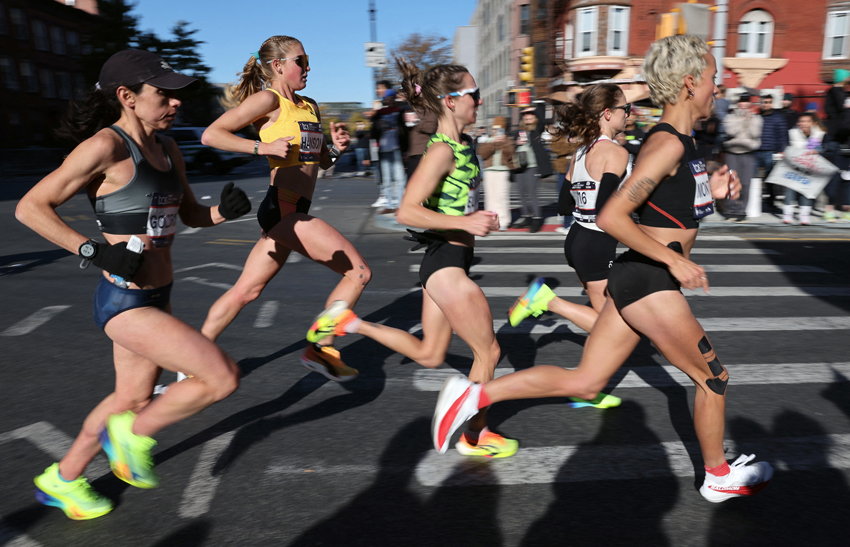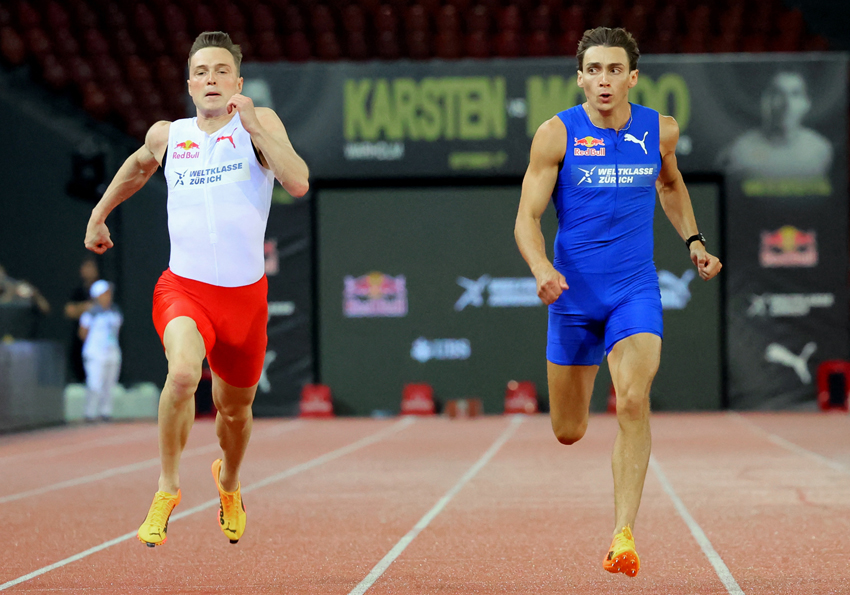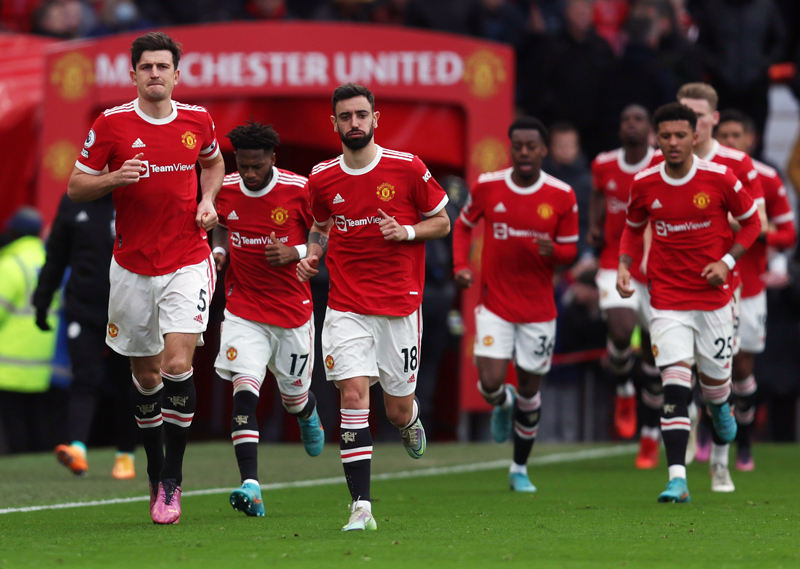Most exercise scientists and swimming coaches agree that the development of muscular strength and power are essential elements in swim training and important predictors of competitive success.
To evaluate strength-building programmes for swimmers, scientists at Ball State University in the United States divided 10 highly trained male collegiate swimmers into two groups. Members of both groups maintained a daily swimming volume of about 5600 metres, with most of the work consisting of intervals designed to produce an exercise intensity of greater than 85% V02max (over 90 per cent of maximal heart rate).Strength training was conducted twice a week for six weeks, but the two groups used different resistance-training techniques. One group utilized a weight-assisted dip and pull-up training device designed to strengthen tricep and latissimus dorsi (upper back) muscle groups (both the tricep and latissimus dorsi muscles are believed to provide a considerable amount of the propulsive force during competitive front-crawl type swimming). This first group completed three sets of dips and pull-ups per workout, with as many repetitions as it took to reach complete fatigue during each set.
The second group carried out traditional weight-training routines, with lat pull-downs, elbow extensions, elbow flexions, bent-arm flys, quadriceps extensions, and hamstring flexions serving as mainstays of the programme. The lat pull-downs, quadriceps extensions, and hamstring flexions were completed on Nautilus and Universal machines, while the rest of the exercises were done with free weights. All swimmers performed three sets of each exercise with eight to 12 reps per set, using increasing resistance over time.
In the study, the six weeks of swimming and strength training were followed by six weeks of swimmming-only workouts. Over the 12-week period, there were no differences between the two groups in lean body mass or per cent body fat. However, the weight-assisted dip and pull-up swimmers fared slightly better, compared to the traditional strength trainers. For one thing, they improved their 22.9metre front crawl sprint time by .3 seconds, from 11.2 to 10.9 seconds, while the traditional people failed to improve.
In a 365.8-metre front-crawl time trial, the two groups had equivalent performance times and stroke rates and travelled about the same distance per stroke. However, the dip and pull-up people did achieve a greater improvement in power while exercising on a biokinetic swim bench at a swim speed of 2.66 metres per second (a biokinetic swim bench is a mechanical device that measures muscle power on dry land as a swimmer mimics typical swimming movements). In addition, there was a trend for the dip and pull-up swimmers to increase muscle power to a greater extent during actual swimming workouts, although the difference wasn't statistically significant.
Since swimming speed is correlated with upper-body strength, it seems that upgrading upper-body strength should help athletes swim faster. However, a key problem is that the gains in strength don't always 'transfer' from the gym into the water. In the Ball State study, dip and pull-up swimmers roughly doubled the number of dips and pull-ups they could complete over a period of six weeks, and they also achieved more pronounced improvements in swim performance and power, compared to the traditionally trained athletes. Weight-assisted dips and pull-ups may be more like typical swimming motions, compared to routine strength-training routines, and therefore might be better at improving actual swim-stroke power. Conveniently, dip and pull-up training devices are small enough to fit on pool decks, a real advantage for athletes who don't have access or time to use a real weight-training facility.
('Effects of Weight Assisted Dry-Land Strength Training on Swimming Performance,' Journal of Strength and Conditioning Research, vol. 8(4), pp. 209-213, 1994)










